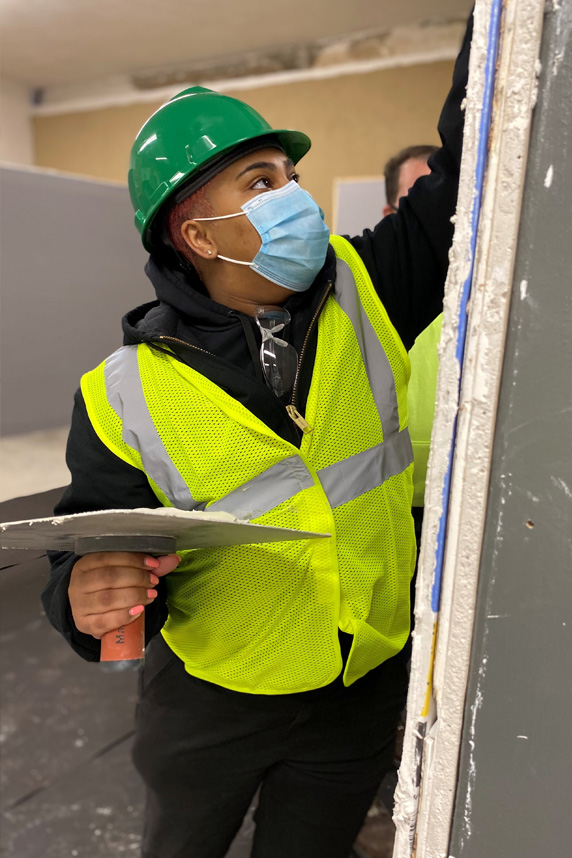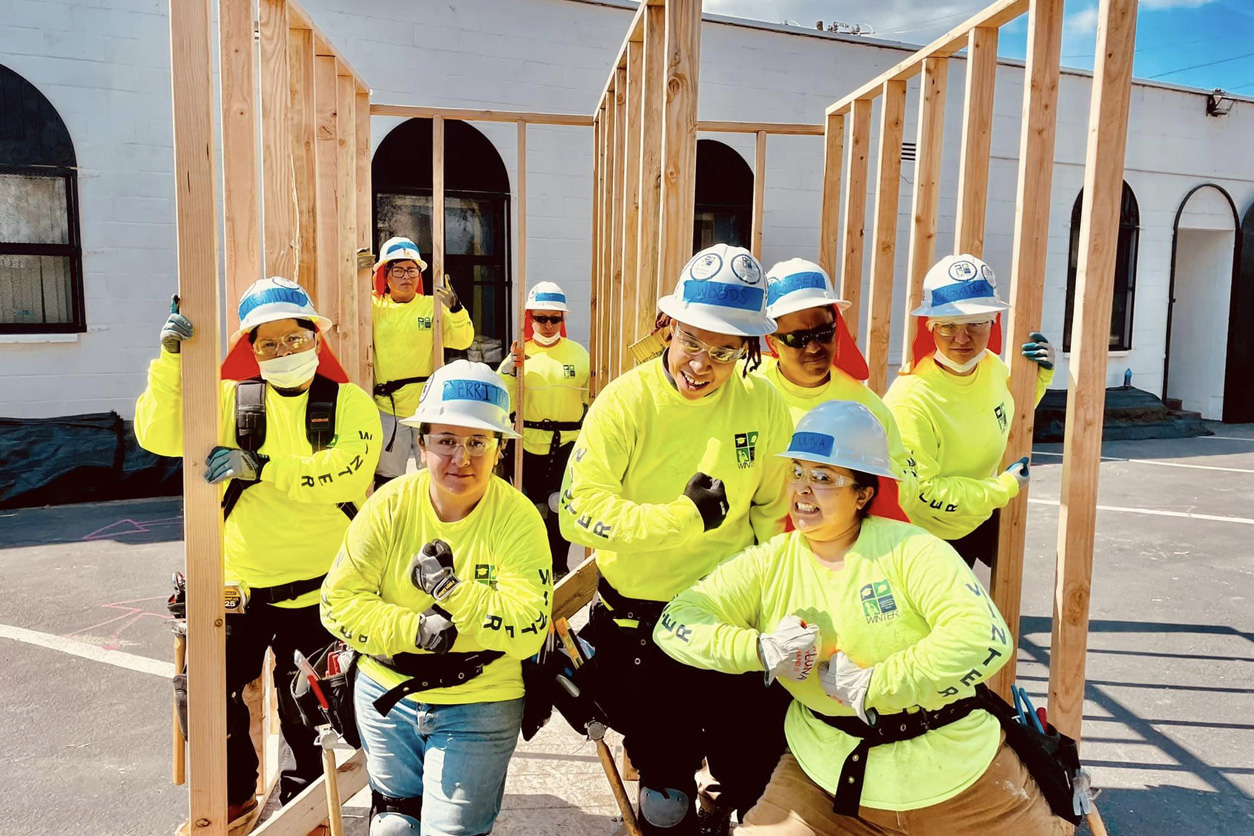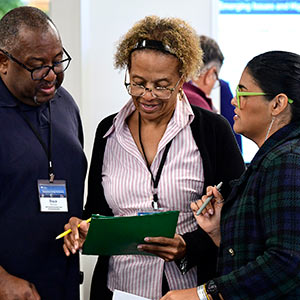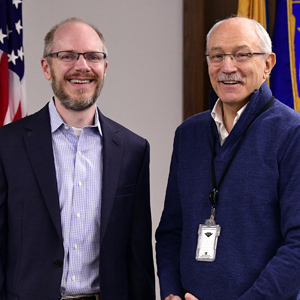A recent webinar series hosted by an NIEHS Worker Training Program (WTP) grantee focused on women in construction trades, highlighting hiring trends, barriers in retention, and future strategies for them to build careers and thrive.
The Women in Construction webinar series, held Feb. 9 and March 8 and hosted by The Center for Construction Research (CPWR), featured speakers who represent building trades and nonprofit organizations.

“The construction industry offers a wide variety of careers and a pathway to financial security for many Americans,” said Chris Cain, executive director for CPWR. “We expect to see more women joining the workforce in the coming years.”
Addressing the barriers
Speakers noted that some women have expressed major concerns regarding the workplace culture on construction sites. Some women leave construction jobs due to harassment and lack of opportunities for career advancement, according to Vicki O’Leary, director of diversity for Ironworkers International and chair of North America’s Building Trades Unions (NABTU) Tradeswomen’s Committee. O’Leary said having more women at construction work sites may help them feel more empowered to speak up and advocate for themselves.
Other issues related to scheduling and childcare can be significant barriers for women in construction. Work sites typically have shifts starting early in the morning or late in the afternoon. These times may interfere with hours of operations for childcare providers and school pickup and drop-off times.
“Construction work site schedules are not suitable for working families,” O’Leary said. “We need to rethink how we do construction. Not all work needs to start at 7 a.m.”
One nonprofit organization, TradesFutures, is addressing the issue of childcare for families in the construction industry. The organization has two childcare pilot projects in New York City and Milwaukee with the goal of lessening workforce burdens on women in the industry with reassurance that their children are in a quality care setting while they work. The organization also seeks to foster progress through apprenticeship programs by reducing the financial and emotional burden of finding quality childcare.
From training to career
Other speakers shared strategies to increase retention of women in construction careers.
One strategy is to streamline the training-to-career pipeline, and this pipeline can be strengthened by growing partnerships.
Partnerships with unions, contractors, and other organizations expand opportunities for job placement and hiring more women on work sites.
CPWR and other WTP grantees partner with local organizations to streamline the training-to-career pipeline and promote the advancement of women and underserved communities in construction careers.
For example, CPWR is partnering with Building Pathways in Massachusetts to foster diversity and prepare individuals for family-sustaining careers, which provide the necessary wages to support the basic needs of a family. In Los Angeles, the Western Region Universities Consortium is partnering with the nonprofit organization Women in Non-Traditional Employment Roles (WINTER) to empower women to pursue careers in construction. These organizations provide training and apprenticeship programs, and they focus on career retention through integrated strategies and partnering with unions.

Speakers also shared the importance of mentorship programs. These programs provide useful resources for women in construction and help them connect with more experienced workers in the trade. Mentorship programs are also helpful for women who do not have a familial connection to the industry or have made a career change.
Hiring women benefits everyone
When women are hired in construction, the company, culture, and community all benefit.
“Hiring women and people of color creates a more diverse workforce with more engaged workers and more diverse thought processes, and it reflects the image of the local community,” said Kathleen Dobson, safety director for Alberici Constructors, Inc.
This year’s theme for International Women’s Day was Embrace Equity.
“One way to embrace equity is by increasing the number of women in construction careers,” said WTP Director Sharon Beard. “Having more women in construction and building trades will provide opportunities to achieve equitable pay, and many of our grantees and programs are doing just that.”
To watch the recordings from the webinar series and learn more about women in construction, visit CPWR’s YouTube channel.
(Meredith Hernlund is a research and communication specialist for MDB, Inc., a contractor for the NIEHS Division of Extramural Research and Training.)









